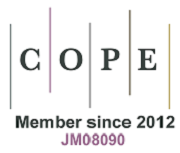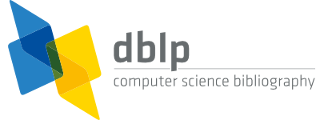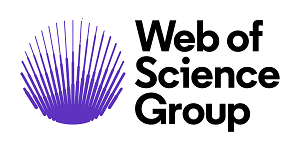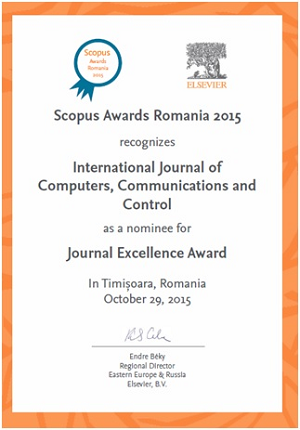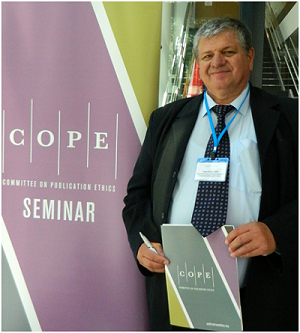Small Universal Tissue P Systems with Symport/Antiport Rules
Keywords:
membrane computing, tissue P system, symport/antiport rule, universalityAbstract
In this note, we consider the problem of looking for small universal one-symbol tissue P systems with symport/antiport rules. It is proved that six cells suffice to generate any recursively enumerable set of natural numbers by such a onesymbol tissue P system with symport/antiport rules, under the restriction that only one channel is allowed between two cells or between a cell and the environment. As for the case of allowing two channels between a cell and the environment, it is shown that the computational completeness can be obtained by one-symbol tissue P systems with symport/antiport rules having at most five cells. These results partially answer an open problem formulated by Artiom Alhazov, Rudolf Freund and Marion Oswald.
References
A. Alhazov, R. Freund, M. Oswald, Tissue P Systems with Symport/Antiport Rules and mall Numbers of Symbols and Cells, Lecture Notes in Computer Science, 3572:100-111, 005.
R. Freund, Gh. Păun, M.J. Pérez-Jiménez, Tissue-Like P Systems with Channel States, Theoretical Computer Science, 296:295-326, 2003.
R. Freund, M. Oswald, Tissue P Systems with Symport/Antiport Rules of One Symbol are Computational Complete, in: M.A. Gutiérrez-Naranjo, Gh. Păun, M.J. Pérez-Jiménez (eds.), Proceedings of the European Science Foundation PESC Exploratory Workshop Cellular Computing (Complexity Aspects), Sevilla, pp.178-187, 2005.
S.N. Krishna, K. Lakshmanan, R. Rama, Tissue P Systems with Contextual and Rewriting Rules, Lecture Notes in Computer Science, 2597:339-351, 2003. http://dx.doi.org/10.1007/3-540-36490-0_22
M. Minsky (eds.), Computation: Finite and Infinite Machines, Prentice Hall, 1967.
C. MartÃn Vide, J. Pazos, Gh. Păun, A. RodrÃguez Patón, Tissue P Systems, Theoretical Computer Science, 296:295-326, 2003. http://dx.doi.org/10.1016/S0304-3975(02)00659-X
Gh. Păun, Computing with Membranes, Journal of Computer and System Sciences, 1(1):108-143, 2000. ] A. Păun, Gh. Păun, The Power of Communication: P Systems with Symport/Antiport, New Generation Computing, 20(3):295-305, 2002.
Gh. Păun, G. Rozenberg, A. Salomaa (eds.), Handbook of Membrane Computing, Oxford University Press, 2010.
Y. Rogozhin, S. Verlan, On the Rule Complexity of Universal Tissue P Systems, Lecture Notes in Computer Science, 3850:356-362, 2006. http://dx.doi.org/10.1007/11603047_24
The P systems web page: http://ppage.psystems.eu
Published
Issue
Section
License
ONLINE OPEN ACCES: Acces to full text of each article and each issue are allowed for free in respect of Attribution-NonCommercial 4.0 International (CC BY-NC 4.0.
You are free to:
-Share: copy and redistribute the material in any medium or format;
-Adapt: remix, transform, and build upon the material.
The licensor cannot revoke these freedoms as long as you follow the license terms.
DISCLAIMER: The author(s) of each article appearing in International Journal of Computers Communications & Control is/are solely responsible for the content thereof; the publication of an article shall not constitute or be deemed to constitute any representation by the Editors or Agora University Press that the data presented therein are original, correct or sufficient to support the conclusions reached or that the experiment design or methodology is adequate.
